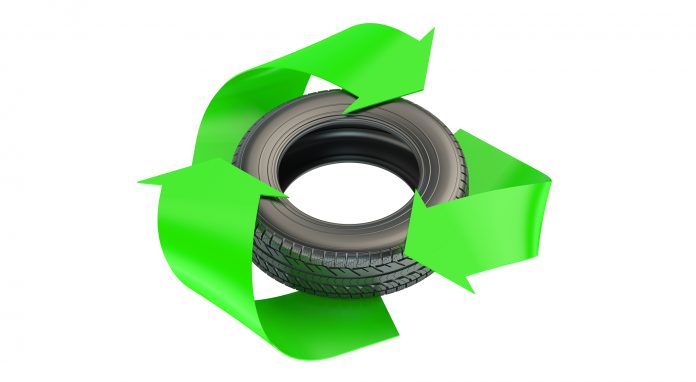Researchers at RMIT University in Australia have designed groundbreaking sustainable concrete built from recycled car tyres.
The greener and lighter concrete replace 100% of conventional aggregates used in concrete, such as gravel and crushed rock, with rubber from old car tyres. The new sustainable concrete adheres to building codes and will potentially reduce manufacturing and transportation costs considerably, boosting the circular economy.
Although small amounts of rubber particles from car tyres are currently used to replace some concrete aggregates, efforts to fully replace the aggregates with rubber have resulted in weak concretes that do not meet quality standards.
However, the RMIT team’s sustainable concrete completely replaces the aggregates with recycled rubber and has demonstrated excellent performance.
Mohammad Momeen Ul Islam, the lead author of the study from RMIT University’s School of Engineering, commented: “The findings debunked a popular theory on what could be achieved with recycled rubber particles in concrete.
“We have demonstrated with our precise casting method that this decades-old perceived limitation on using large amounts of coarse rubber particles in concrete can now be overcome.
“The technique involves using newly designed casting moulds to compress the coarse rubber aggregate in fresh concrete that enhances the building material’s performance.”
The study, titled ‘Design and strength optimisation method for the production of structural lightweight concrete: An experimental investigation for the complete replacement of conventional coarse aggregates by waste rubber particles’, is published in the Resources, Conservation & Recycling journal.
Economic benefits of sustainable concrete
The researchers explained that this cutting-edge process utilising recycled car tyres would unlock a litany of environmental and economic benefits.
Professor Jie Li, the study co-author and team leader, said: “As a major portion of typical concrete is coarse aggregate, replacing all of this with used car tyre rubber can significantly reduce the consumption of natural resources and also address the major environmental challenge of what to do with used tyres.”
Globally, around 1.2 billion car tyres will be disposed of annually by 2030. Moreover, used tyres cannot be exported from Australia, meaning novel methods for recycling and reprocessing them could have significant impacts and reduce manufacturing and transportation costs.
Professor Li said: “This would benefit a range of developments, including low-cost housing projects in rural and remote parts of Australia and other countries around the world.”
Next stages of development
The researchers are now aiming to cost-effectively scale up the manufacturing process within a precast concrete industrial setting in Australia and abroad and, after successful testing, are looking to reinforce the sustainable concrete to see if it can be utilised in structural elements.







